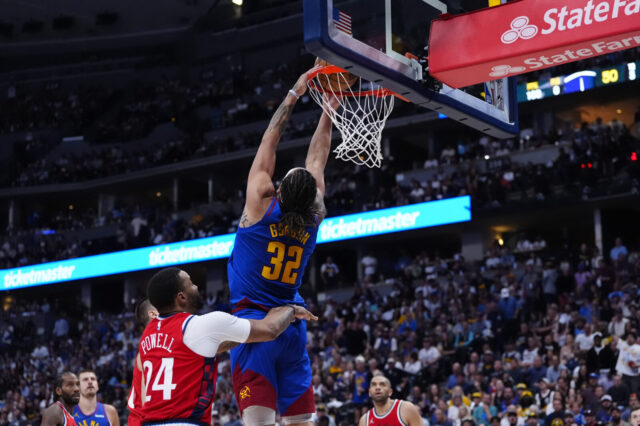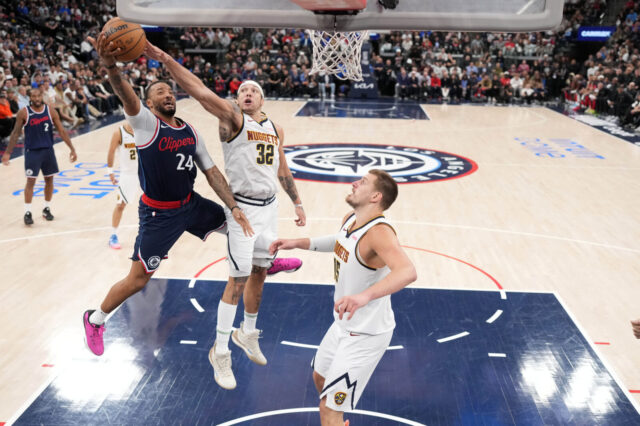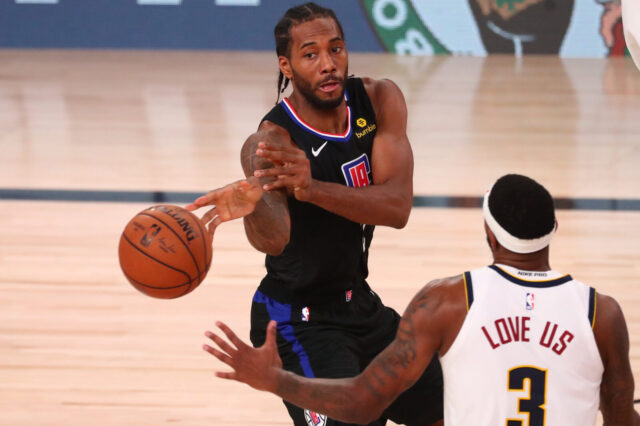Last night, while talking with Jeff Morton at the CSG studios, we attempted to figure out these "poison pill" contracts that NBA general managers are handing out like hotcakes. Well, Andrew Abramson from Truth About It breaks down these deals in fantastic detail in his piece: The Gilbert Arenas Provision and Why It's (Sometimes) Better To Be a Second Round Pick.
Join me after the jump…
I didn't realize that the back-loaded deals being handed out to Asik, Landry Fields, and Jeremy Lin were only able to be offered because those players were either second-round picks or guys (Lin) not drafted at all. And they are players that are restricted free agents either their first or second years in the NBA.
Abramson's article offers this excellent snippet:
…This loophole was seemingly closed in the 2005 CBA with the “Gilbert Arenas Provision,” where it was ruled that an offer sheet made to a restricted free agent in his first or second year in the NBA could not contain a first-year salary greater than the non-taxpayer mid-level exception ($5 million for 2012-13) and a second-year salary no greater than the standard 4.5-percent raise from the first year. The third year of the offer sheet has no such restrictions and could be as high as the player’s maximum, given the offering team’s cap room. However, if a raise from year two to year three is greater than 4.5-percent, the team proposing the offer sheet must be able to fit the average of the entire contract under the cap, rather than the first-year salary, and that is how it is applied to their ledger. But if the original team decides to match the offer sheet, the annual salary is applied to the original team exactly as it is laid out in the standing offer sheet. To put this in context of 2003, the Wizards would only have been able to offer the full mid-level exception in the first two seasons, which at the time was $4.917 million. Golden State therefore would have at least had the option to match this offer sheet for Arenas, if they chose to do so.
The So-Called “Gilbert Arenas” Provision
The difference in the application of the salaries for each team is where the loophole lies. This structure allows a team with a plethora of cap room to back-load an offer sheet significantly in the third and fourth year, only needing to fit the average of all four years (or three years, depending on length of the offer sheet) under the cap in the first season of the deal.
The Houston Rockets took full advantage of this recently with their offer sheet to Chicago Bulls center Omer Asik. They submitted a three-year, $24.3 million offer, paying around $5 million in the first two years before ballooning to almost $15 million in year three. Houston, with boatloads of cap room, only needs to fit the average of the total deal, or around $8.1 million, under the cap each year. But if Chicago matched the offer, they would have to pay Asik $5 million this year and next, and then almost $15 million in 2014-15 when they are already paying big men Carlos Boozer and Joakim Noah almost $30 million combined. Tack on Derrick Rose’s max deal, and those four players would take up Chicago’s entire salary cap. And given the Bulls’ typical aversion to the luxury tax, especially when the penalty will be more severe in 2014-15, it is a virtual certainty they will not match the offer for Asik. This was a strategic move by Houston to ensure they get the player they want through a loophole in Gilbert Arenas Provision designed to help teams keep their successful second-round picks.
I highly encourage all of you to read this article in its entirety. Some great information and broken down very well. I've seen a lot of folks hoping the Nuggets offer up some front-loaded deals and back-loaded deals and this can help clarify why those types of things can and can't happen.
For those of you paying attention, we do not have to worry about JaVale McGee getting inked to a “poison pill” deal for the reason outlined in the Abramson article.


